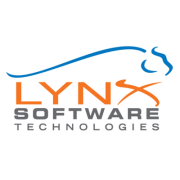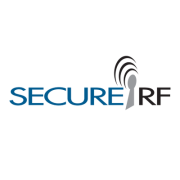IoT Security involves protecting interconnected devices from cyber threats, ensuring safe data transmission and privacy. It is crucial for maintaining the integrity and functionality of IoT networks in various sectors.
As the number of IoT devices grows, so do security challenges. Effective IoT Security solutions must address device authentication, data encryption, and secure communication channels. Tackling vulnerabilities quickly and maintaining up-to-date security patches are essential to prevent unauthorized access and data breaches.
What features should IoT Security solutions have?In healthcare, IoT Security protects patient data and medical device operations. In manufacturing, it safeguards operational technology networks, while in smart cities, it ensures secure infrastructure management. Different industries require tailored solutions to address specific security challenges.
Securing the myriad of IoT devices helps organizations maintain trust and reliability in their operations. With proper IoT Security measures, businesses can safely leverage the benefits of interconnected systems.





































To secure IoT devices from cyber threats, prioritize regular software updates, as they often include patches for vulnerabilities. Implement strong password policies and consider using multi-factor authentication to enhance security. Network segmentation can help limit the damage from a compromised device, isolating IoT devices from critical business systems. Employing intrusion detection and prevention systems can also provide an additional layer of protection by actively monitoring traffic for suspicious activities.
What role does encryption play in protecting IoT data?Encryption plays a crucial role in safeguarding IoT data by converting it into a secure format that can only be read by someone possessing the correct decryption key. This ensures that any intercepted data remains confidential and unreadable to unauthorized individuals. Implementing end-to-end encryption allows you to protect data in transit from devices to servers, mitigating the risk of data breaches and ensuring the integrity and confidentiality of sensitive information.
Why is device authentication important in IoT Security?Device authentication is vital in IoT Security to ensure that only authorized devices can access your network or systems. It helps prevent unauthorized access and potential malicious activities by verifying the identity of the devices attempting to connect. Employ robust device authentication methods such as digital certificates or cryptographic keys to strengthen security and build trust, which is essential when devices communicate and exchange data autonomously.
How can machine learning enhance IoT Security solutions?Machine learning enhances IoT Security by enabling the analysis of vast amounts of data to detect anomalies and potential threats in real time. Machine learning algorithms can identify patterns and predict malicious behavior, allowing you to proactively respond to threats before they cause harm. By continuously learning and adapting to new cyber threats, machine learning provides a dynamic security approach that keeps up with the evolving threat landscape in IoT environments.
What are the challenges of implementing IoT Security in industrial environments?Implementing IoT Security in industrial environments presents unique challenges, including integrating legacy systems with modern security practices. Many industrial devices were not designed with security in mind, making them susceptible to cyber threats. Ensuring compatibility between old and new technologies without disrupting operations is challenging. Additionally, the large scale and complexity of industrial networks make it difficult to monitor and manage devices, requiring specialized security solutions and expertise to address these challenges effectively.